Seiko Pogue 6139
The first automatic chronograph in space is the 6139 from Seiko, which was worn in 1973 by the American astronaut William R. Pogue, the pilot of Skylab 4. Pogue spent 84 days on the Skylab Orbital workshop and returned in February 1974.
While training, Pogue needed a chronograph, but the Omega Speedmasters would be provided only near the date of the launch, so he bought himself a Seiko 6139-6002 in order time his exercises and tests.
- Ref: 6139-002
- Diameter: 40.00 mm
- Thickness: 10.00 mm
- Lug width: 19.00 mm
- Caliber: Seiko 6139
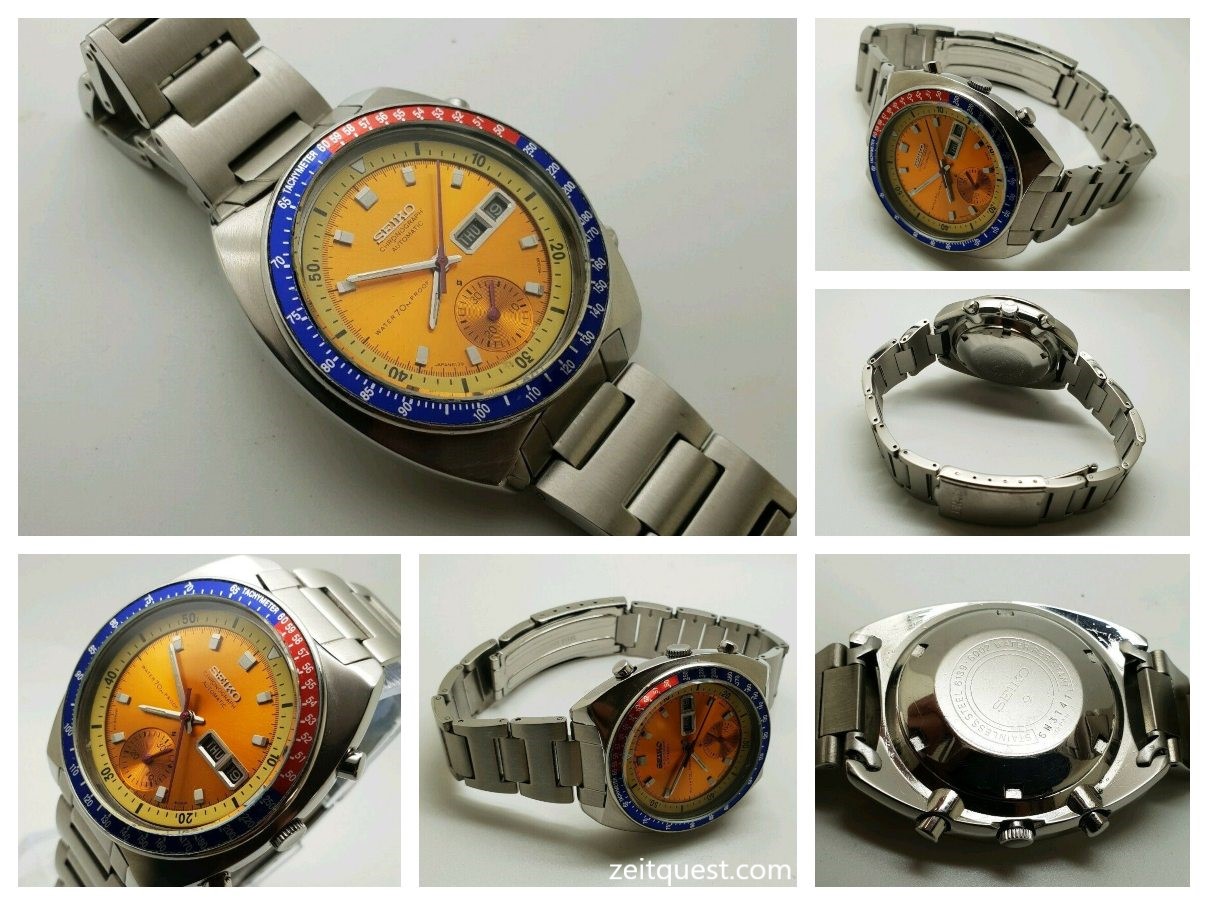
He kept it during his mission, making it the first automatic chronograph to go to space! It was reported that it performed flawlessly throughout Pogue's long stay on the Skylab Orbital station. This particular 6139 model is now called the Seiko “Pogue”. The 6139 was also one of the first automatic chronographs to be produced in the world.
The Seiko chronograph model 6139-6002 he was wearing had a distinctive yellow sunburst dial, with one minute register at the bottom of the dial. The automatic chronograph movement also provided a day-date complication, visible through a framed window at 3 o'clock.
This vintage watch is colorful and its bright color combinations will definitely attract curious collectors. The bezel has a tachymeter in a red-blue Pepsi color scheme, which contrasts well with the yellow sunburst dial. This watch incarnates the spirit of the 1970s: innovative, bold and vibrant. It's a true vintage gem.
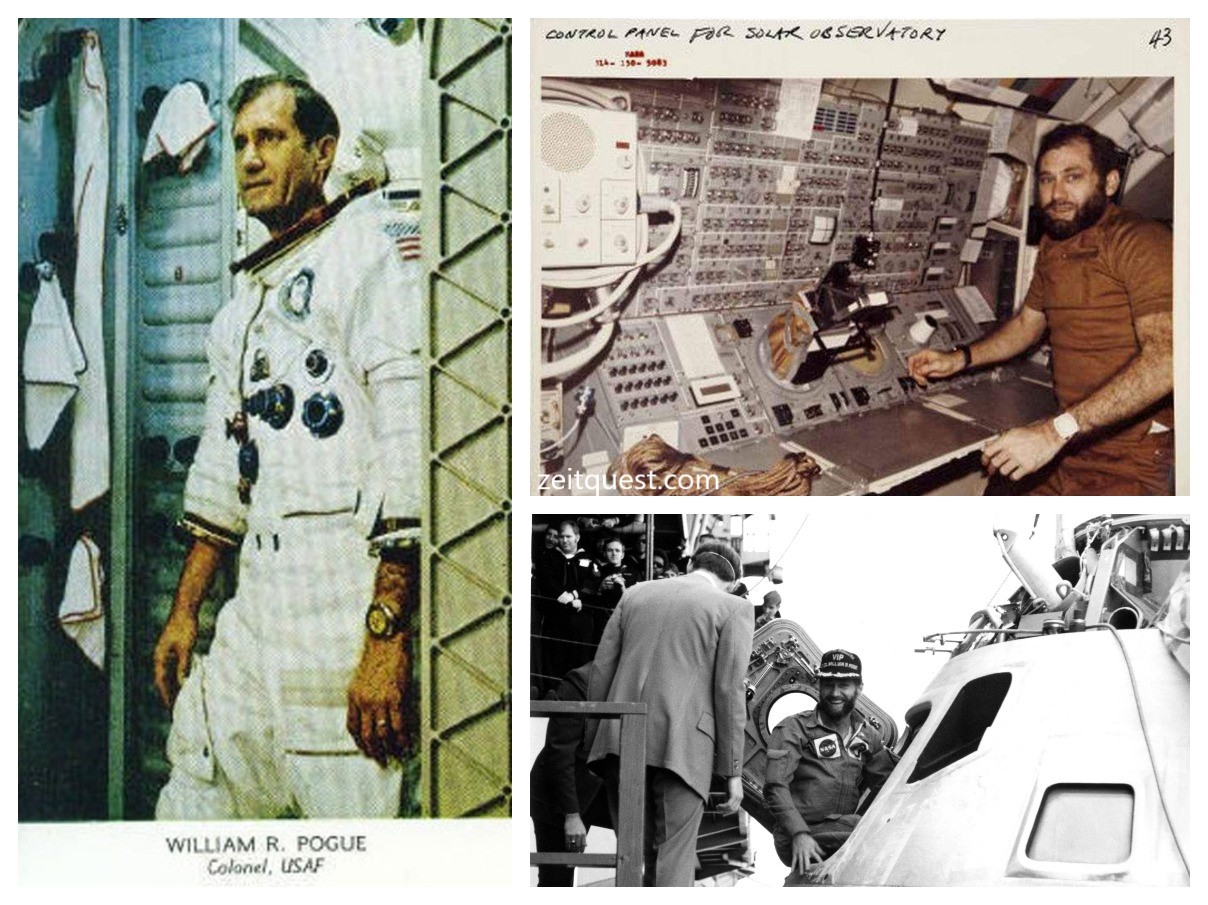
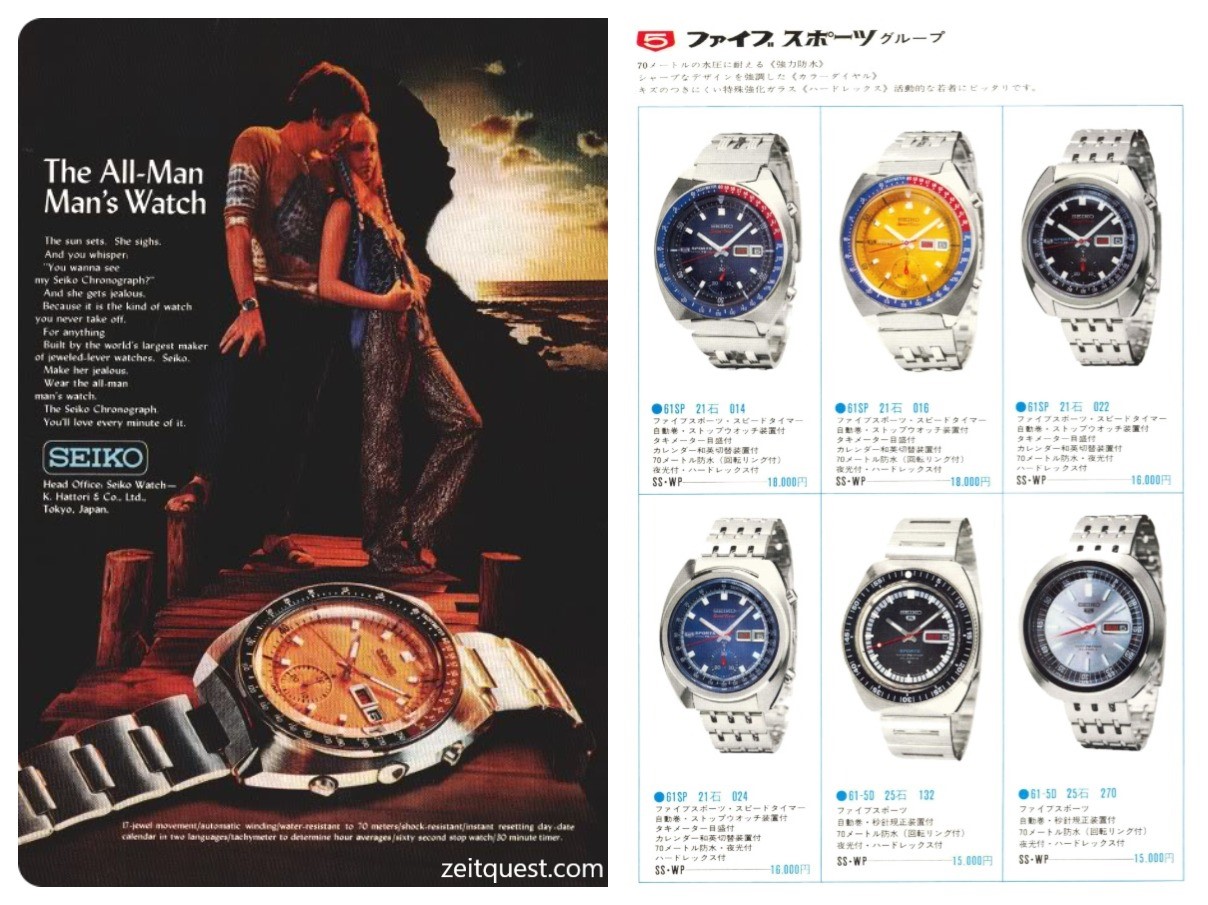
The Seiko 6139 Pogue also features a yellow inner bezel, which can be adjusted via the crown at 3 o'clock. The white hour and minute hands are rather simple looking and are lumed. The central sweep second hand and the smaller 30-minute register hand are both bright red. They are easy to spot and complement well the yellow and “Pepsi” colors.
The dial has applied lumed hour indices and the frame around the day-date window integrates very well with them. Above the 30-minute register, you can notice the “Suwa” factory logo, and just above it, the marking “17J.”. The dial and hands are protected by a crystal made of hardlex instead of acrylic, which was the most commonly used material in that era.
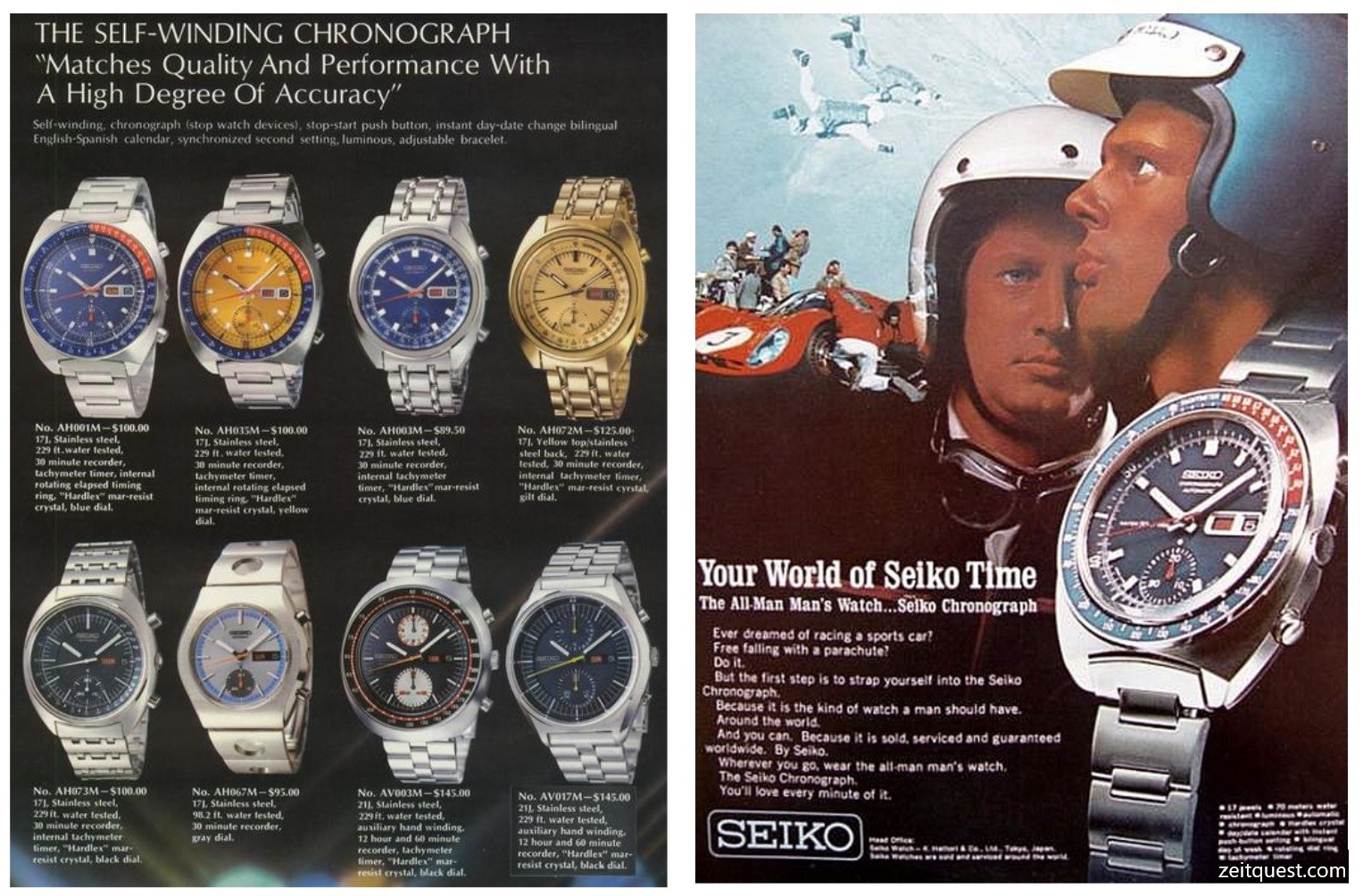
In November 2006, Pogue replied to a question from David Bruno (watch enthusiast) about his Seiko, and explained: "I did not wear the Seiko on an EVA (spacewalk). I can't remember if I wore the NASA Omega on my EVA's but we did have an extra-long black watch band that wrapped around the sleeve of the spacesuit. .... We wore the watch like this for launch (suited). I put the Seiko in a suit leg pocket after we got suited for launch and when we got into orbit we got unsuited and changed into flight clothing (shirtsleeves and trousers). I put the Omega on my right wrist at this time, and the Seiko on my left wrist. I did not get NASA approval to carry the Seiko watch on the mission but we weren't given the Omegas until late in our training. I had been using the Seiko for well over six months (perhaps a year) and had found it very handy for timing engine burns in the simulator, using the bezel as reported earlier. ...".
The case of the Seiko 6139 Pogue has a shape similar to the other watch cases used in the 1970s. It has a diameter of 40mm and a lug width of 19mm. The case features quite a few facets, if you look at the side you will see that it plays nicely with the light. The screw-down case back looks rather classic yet of quality.
The thickness of the Seiko 6139 is 12mm, making the proportions of this watch comfortable and suited for most wrists. The bracelet of this watch is simple yet comfortable, it can be adjusted by sliding and locking tabs.
To conclude, the Seiko 6139 Pogue is a great daily wearer, it is comfortable and has a lot of wrist presence due to its vibrant color scheme. It can be considered as an affordable Omega Speedmaster alternative despite its very unique design, simply because it's the first automatic chronograph to have been in space. It's a solid vintage watch with a lot of history!
Explore
Explore
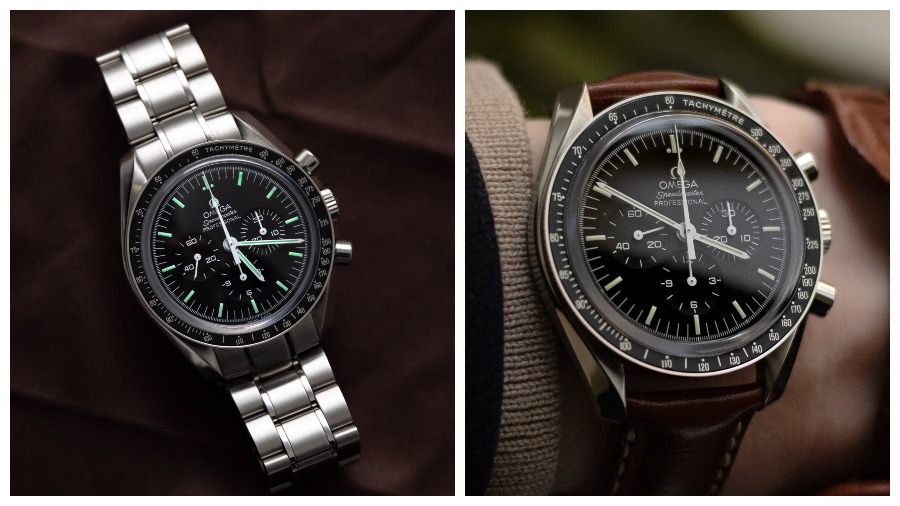
The Omega Speedmaster is a legendary watch. It's a masterpiece that all watch enthusiasts want to have in their collection. The Speedmaster Professional was created in 1957 and ...
The Japanese brand Seiko has been around for more than a century and is one of the most influential watch manufacturers in the world. One remarkable aspect of Seiko is that they ...
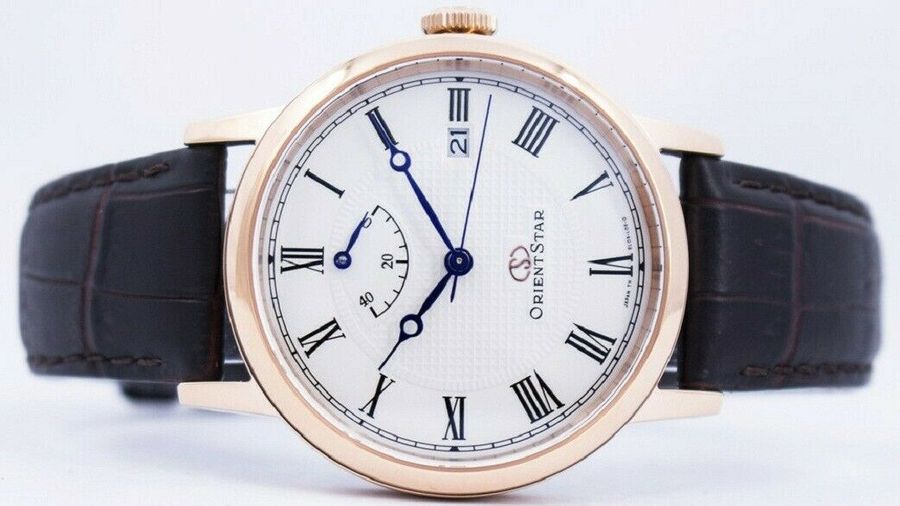
The Roman numerals have been used in watches since the concept of time was invented. You can guess from their name that Roman Numerals originated in ancient Rome. They give a ...
Join us!
Be part of the conversation